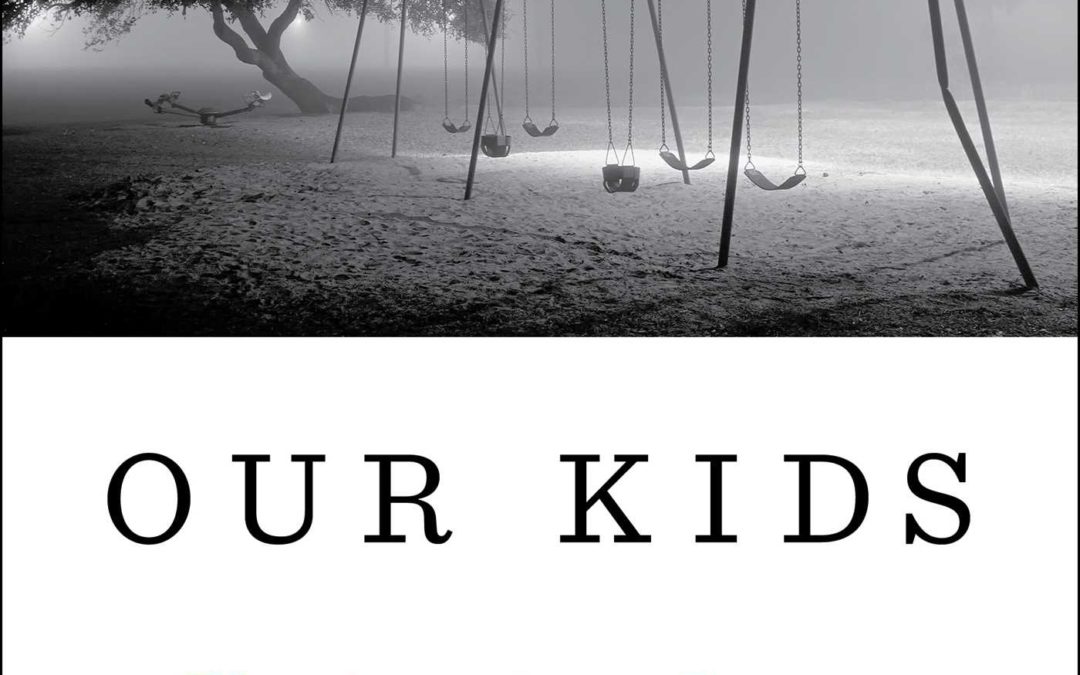Our Kids: The American Dream in Crisis
By Robert Putnam
ISBN 978-1-4767-6990-5 (pbk)
Published 2015
Review by Douglas Balzer
Our Kids: The American Dream in Crisis by Robert Putnam works to tackle the question surrounding the future of the American Dream. Our political and economic climates raise the issue of what prospects the generations to come have to enjoy the benefits of being born American. Being born in America gives children much greater opportunities in comparison to the majority of the world in general. Still, there are social distinctions that render availability to those advantages as more readily available to some than to others. The complexity of the various levels of American society are staggering. Children can be born to whole families or single parent families, absent fathers or mothers. A vast spectrum exists amongst American social strata that suggests that the gap between privileged, advantaged, and disadvantaged are present.
The issue Putnam discusses in the book concerns what appears to be the growing divide between those who will be able to work through the process of moving in an upward social mobility and those who will not be able to take advantage of it. The American Dream is depicted as being available to all American citizens, and it is a huge draw for the world’s population who view the American Dream as their hope for bringing immigrants to the country. James Truslow Adams coined the phrase “American Dream” in 1931. The American Dream was the doorway to a better life and living standards for oneself and one’s children. The idea of the American Dream has been that every citizen can have the ability to achieve prosperity and success by their efforts, initiative, and determination. Growing up in the 60’s and 70’s, the message was still ringing clear.
Putnam begins his process of engaging what the future of the American Dream is through a series of self-reflections on his childhood growing up in the 50’s in comparison to our contemporary times. His reflections reveal that most of the children he grew up with went on to live better lives than those of their parents. Putnam works through his research to develop this thesis and present supporting evidence that the American Dream helped many people to take advantage of social mobility. But this has not continued to be the norm for recent generations. The research he presents indicates diminished potential is placing children and grandchildren in the position of working harder to achieve mobility. The lessening of opportunities is the idea he connects to the narrative of the lives of both rich and poor children from all walks of life. As you examine the research, it can be overwhelming. This factor made the book hard to digest and left me feeling pessimistic.
Is the future of the American Dream dead on arrival for future generations? The cost of education have grown exponentially. Is getting a good education within reach of the general population? Is home ownership a pipe dream, mainly as it has dropped to its lowest level since the 1950’s? Does hard work lead to achieving prosperity and success? Is America a nation of opportunity? We are raised to believe in the chance that being an American gives to us in order to create and engage in social mobility, constrained only by our abilities and efforts. Putnam recognizes that the arena of social mobility is not static, and we should consider the ebb and flow of economics and political policy changes to be the final determiners of the fate of the American Dream. He instead recognizes and embraces the issues of a declining middle class of the past twenty-five years, but he still holds onto the belief that the American Dream is not DOA. Instead, there still exists the ability for the opportunity, maybe not an equal opportunity. The idea that all American children should be given a decent opportunity to experience the benefits of social mobility is still part of his message. Putnam states that the American Dream is more elusive and less accurate than at previous times in our history.
By the end of the book, 400 pages, I found myself to be overwhelmed by the arduous research and was left wondering about the interpretation of the data collected. You have to decide on the spectrum of where you will fall between pessimism and optimism or anywhere in between, after reading Putnam’s exhaustive work. I do recommend reading the book. Putnam has some good illustrative stories combined with his story and the research. He does a deep soul-searching examination as a form of future thought.

